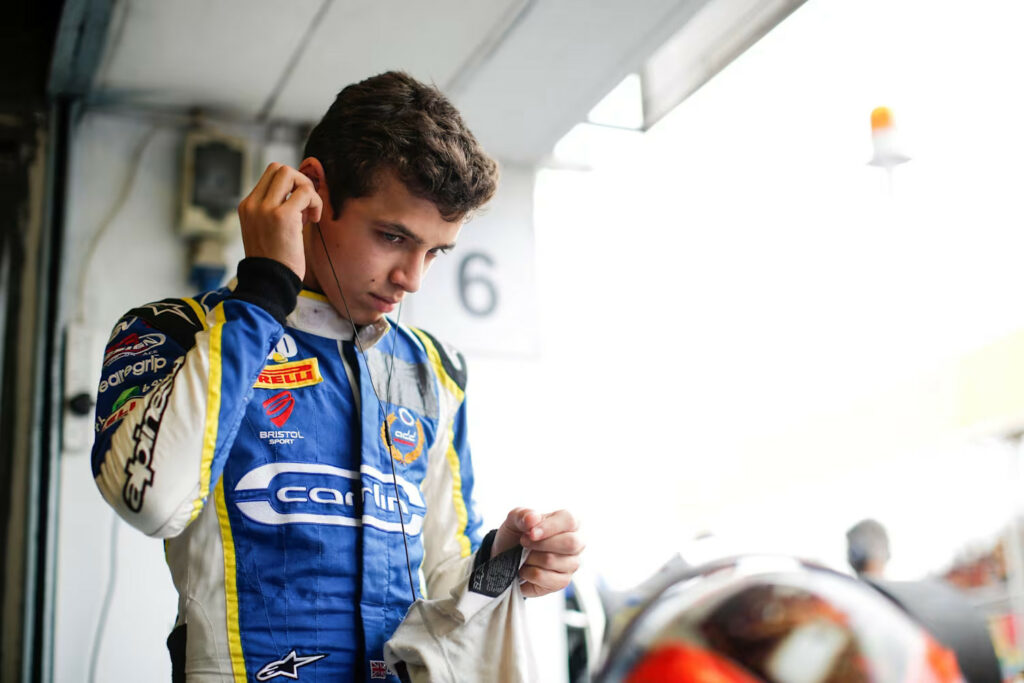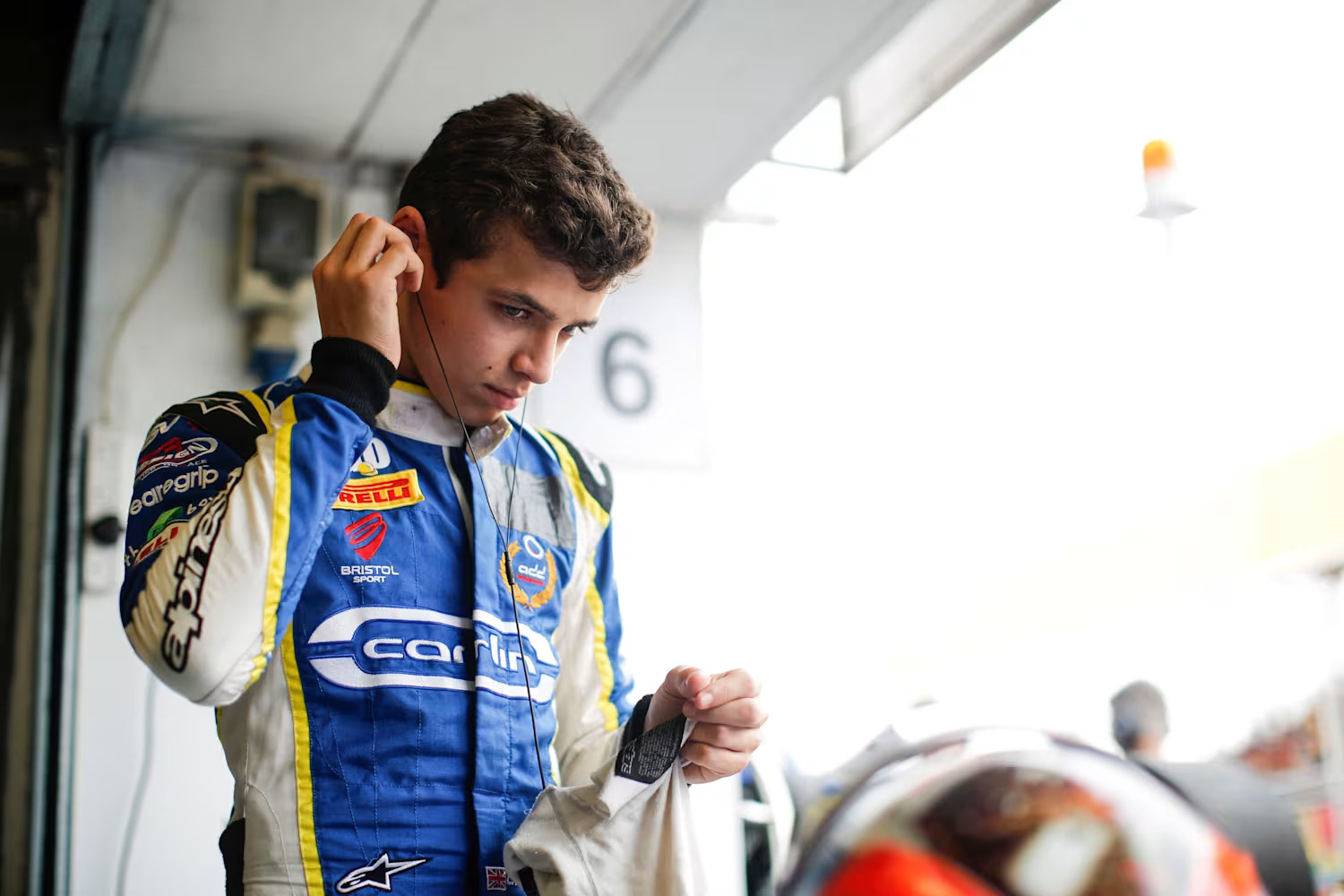The Hungarian Grand Prix at the Hungaroring served up a perplexing strategic drama courtesy of McLaren, involving their star drivers Lando Norris and Oscar Piastri.
The decision to pit Norris before Piastri, despite Piastri leading the race, left many scratching their heads, including Red Bull’s Christian Horner.
Let’s dive into this pit stop predicament and unravel the complexities that unfolded on the tarmac.
McLaren’s Hungarian Masterclass: A Comedy of Pit Stop Errors
McLaren looked poised for a dominant display at the Hungarian GP, with Piastri running ahead of Norris.
However, what should have been a straightforward race turned into a strategic quagmire. In an attempt to outmaneuver Lewis Hamilton, McLaren decided to pit Norris first, leaving Piastri out for two additional laps.
This decision ultimately led to a team orders debacle that saw Norris reluctantly relinquishing his position back to Piastri in the final laps.

Why Pit the Leader Last? The Strategy That Baffled Everyone
Traditionally, in Formula 1, the leading car gets the first call to the pits to maintain track position. McLaren, however, chose to reverse this norm, prioritizing Norris over the leading Piastri.
This move baffled not just spectators but also seasoned professionals like Christian Horner. “They didn’t need to make life that complicated for themselves,” Horner remarked, highlighting the unnecessary complexity McLaren introduced into their race strategy.
The Team Orders Saga: A Tale of Radio Requests and Reluctance
As the race progressed, McLaren found themselves in a pickle. Pitting Norris first meant Piastri lost his track advantage, and McLaren had to issue team orders to rectify the situation.
The team repeatedly urged Norris over the radio to allow Piastri back into the lead. Norris, channeling his inner Sebastian Vettel circa Multi 21, took his time complying.
It wasn’t until the final laps that Norris finally yielded, restoring Piastri to his rightful position.
Horner’s Perspective: A Pit Stop Puzzle
Christian Horner, no stranger to pit stop politics, was quick to comment on McLaren’s strategy. “I didn’t understand why they didn’t give Oscar the first pit stop so they put themselves into that position,” he said.
Horner’s confusion was shared by many, as McLaren’s decision seemed counterintuitive and ultimately complicated what could have been a straightforward race.
Lessons from the Past: The Ghost of Multi 21
The situation at McLaren drew inevitable comparisons to Red Bull’s infamous Multi 21 incident, where Sebastian Vettel defied team orders to overtake Mark Webber.
Sky’s Ted Kravitz couldn’t resist bringing up the parallel, suggesting that Norris was attempting a similar rebellion. While the context and consequences were different, the core conflict of team versus driver interests was starkly similar.
The Aftermath: A Race to Remember
In the end, McLaren’s Hungarian GP will be remembered for its strategic blunder more than its on-track performance.
The team orders saga highlighted the delicate balance teams must maintain between individual driver ambitions and collective goals.
For McLaren, it was a stark reminder that even the best-laid plans can unravel spectacularly.
The Importance of Strategy in F1: Balancing Risk and Reward
Formula 1 is as much about strategy as it is about speed. Teams spend countless hours devising plans to outsmart their rivals, but as McLaren’s Hungarian GP showed, even the best strategies can backfire.
The decision to pit Norris first was a calculated risk aimed at countering Hamilton, but it ultimately disrupted the team’s internal dynamics.
The Role of Team Orders: Managing Driver Egos and Team Goals
Team orders have always been a contentious issue in F1. Drivers are fiercely competitive, and asking them to yield positions can be challenging. McLaren’s Hungarian GP highlighted the fine line teams must tread.
While Norris eventually complied, the delay and reluctance underscored the inherent tension between individual ambitions and team directives.
The Pit Stop Dilemma: A Costly Miscalculation
McLaren’s pit stop strategy in Hungary will undoubtedly be scrutinized for years to come. The decision to pit Norris first, while aiming to protect against Hamilton, resulted in a costly miscalculation.
Piastri’s loss of track position and the subsequent team orders saga not only complicated the race but also risked the team’s cohesion and morale.
Moving Forward: Learning from Mistakes
For McLaren, the Hungarian GP serves as a valuable lesson in strategy and team management. The team will need to reassess their approach to pit stops and team orders to avoid similar pitfalls in the future.
Clear communication, decisive action, and a balanced consideration of driver and team interests will be crucial in moving forward.
Conclusion: The Hungarian GP – A Strategic Soap Opera
The Hungarian Grand Prix 2024 will go down in history as a classic case of strategic overcomplication. McLaren’s pit stop decision, the ensuing team orders, and the reactions from within and outside the team created a dramatic and somewhat comical spectacle.
As the dust settles, McLaren will need to reflect on their choices and refine their strategies to ensure smoother races ahead. After all, in the high-stakes world of F1, even the smallest missteps can have monumental consequences.
By embracing the lessons from this race, McLaren can turn this pit stop predicament into a stepping stone for future success. And for the fans, it provided yet another thrilling chapter in the ever-evolving saga of Formula 1 racing.


































